Summary
Some of the most prevalent species include bass, catfish, bream, and crappie. Anglers can also enjoy nearby activities such as hiking, biking, and camping.
When fishing at Willow Hall Pond, anglers should use live bait or lures that resemble the natural prey of the fish they are targeting. It is also important to fish near structures such as logs, rocks, or weed beds where fish are likely to be hiding.
The best time of year to visit Willow Hall Pond is during the spring and fall months when temperatures are cooler and fish are more active. The average temperature during these seasons is around 60-70 degrees Fahrenheit.
Overall, Willow Hall Pond is a great place for anglers to catch a variety of fish species while also enjoying the nearby activities and natural beauty of the area.
Weather Forecast
Nearby Streamflow Levels
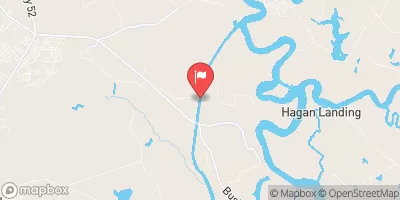 Back River At Dupont Intake Nr Kittredge
Back River At Dupont Intake Nr Kittredge
|
4000cfs |
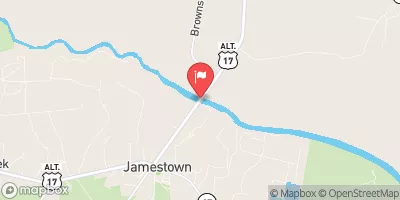 Santee River Nr Jamestown
Santee River Nr Jamestown
|
1090cfs |
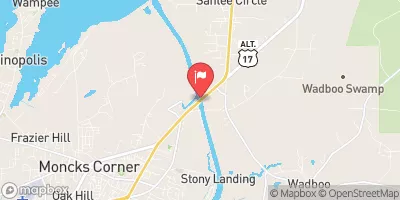 Lake Moultrie Tailrace Canal At Moncks Corner
Lake Moultrie Tailrace Canal At Moncks Corner
|
1290cfs |
 Turkey Creek Near Maryville
Turkey Creek Near Maryville
|
1cfs |
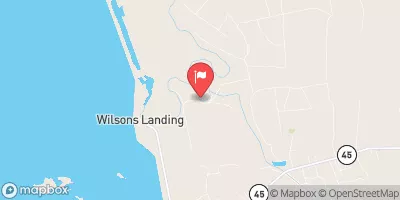 Santee River Near Pineville
Santee River Near Pineville
|
705cfs |
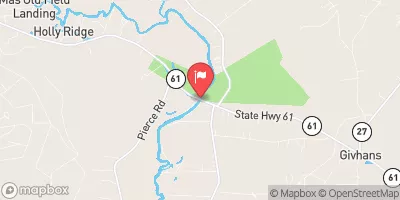 Edisto River Nr Givhans
Edisto River Nr Givhans
|
1410cfs |
Angling Safety Guidelines
Check local fishing rules, seasons, size limits, and license requirements to ensure legal and sustainable angling.
Handle Fish Responsibly
Use wet hands, minimize air exposure, and release fish gently to improve survival rates when practicing catch-and-release.
Choose the Right Gear
Match your rod, line, and tackle to the species and conditions to increase success and reduce unnecessary harm to fish.
Respect the Waterway
Avoid disturbing habitat, prevent bank erosion, and keep a safe distance from spawning areas to protect ecosystems.
Keep It Clean
Pack out all line, hooks, bait containers, and trash—discarded gear can injure wildlife and degrade waterways.
Related Links
Area Campgrounds
| Location | Reservations | Toilets |
|---|---|---|
 Halfway Creek Trail Camp
Halfway Creek Trail Camp
|
||
 Buck Hall Recreation Area
Buck Hall Recreation Area
|
||
 Buckhall
Buckhall
|

 Middle Nebo Pond
Middle Nebo Pond
 Upper Nebo Pond
Upper Nebo Pond
 Lower Nebo Pond
Lower Nebo Pond
 Gator Pond
Gator Pond
 Twin Ponds
Twin Ponds
 Radford Bates Dam
Radford Bates Dam
 Bulls Island Road 498, Awendaw
Bulls Island Road 498, Awendaw
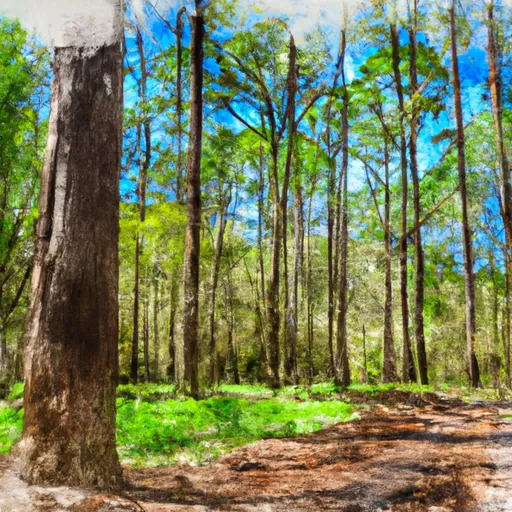 Francis Marion National Forest
Francis Marion National Forest
 Wilderness Little Wambaw Swamp
Wilderness Little Wambaw Swamp
 Cape Romain Wilderness Area
Cape Romain Wilderness Area
 Wilderness Wambaw Swamp
Wilderness Wambaw Swamp
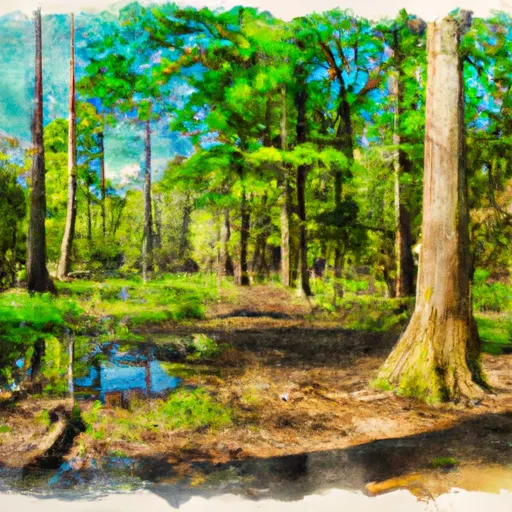 Francis Marion National Forest Huger Recreation Area
Francis Marion National Forest Huger Recreation Area